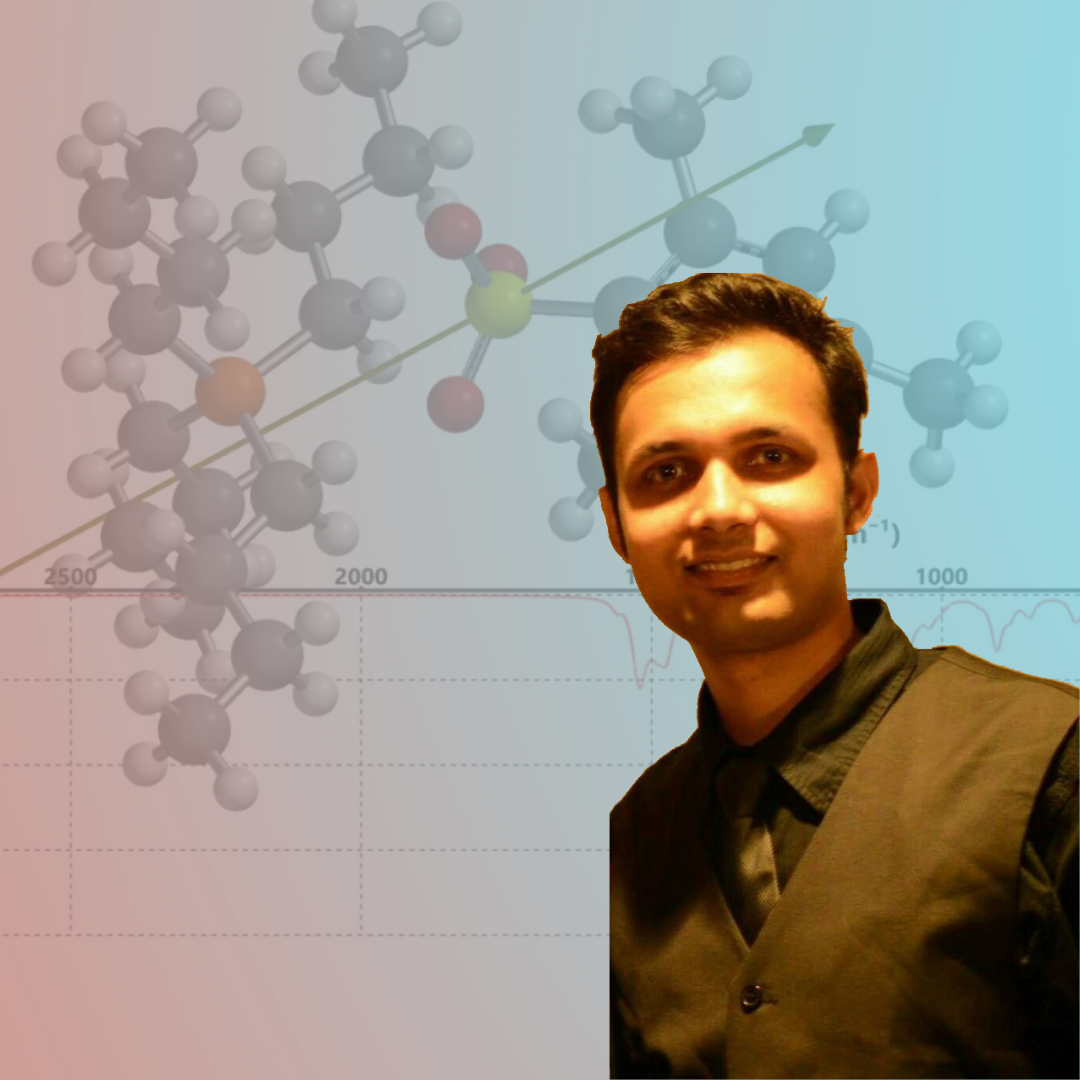Graduate research assistant Sidharth Sanadhya made a significant and consequential discovery in the field of separation science earlier this year, and submitted a 150-page paper on it that was accepted for publication by the Journal of Molecular Liquids.
The paper, which was published in the JML this month, described Sanadhya’s work on predicting phase separation behavior in multicomponent solutions, using the principles of thermodynamics. Phase separation is relevant because thermal separation processes such as distillation, evaporation, and drying, when applied industrially, demand considerable heat inputs, and therefore consume a substantial amount of energy. Therefore, development of alternative separation processes could result in sizable energy savings and reduction of environmentally harmful pollution and waste. Phase separation driven by Lower and Upper Critical Solution Temperature, when a homogeneous liquid solution undergoes phase separation as temperature increases (LCST) or decreases (UCST), is a known phenomenon that doesn’t result in vaporization or latent energy consumption, but this can’t be applied on an industrial scale until it’s possible to predict phase separation behavior from solute-solvent molecule structures and the thermodynamics of it are better understood. As of yet, LCST behavior in aqueous ionic liquid solutions had only been determinable through synthesis, formulation, and experiments, which limits the efficiency with which ionic liquids can be used industrially. These methods were also not applicable to UCST-exhibiting solutions or to solvents other than water. In this project, however, Sanadhya succeeded in developing a simplified solution stability criterion that can predict LCST/UCST behavior based on a single solution parameter.
Ever since LCST/UCST behavior in hydrocarbon mixtures was first reported over a century ago, no one had been able to identify which molecule-specific parameter governs phase separation behavior. Based on the scientific contributions of Josiah Willard Gibbs in the 1870s, the analytical solution was known in the form of two inequalities. Sanadhya’s work focused on mathematically deriving a master equation and proving that those inequalities arise as special cases of the master equation.
Sanadhya’s idea for this project was to combine the experimental and analytical approaches that have traditionally been used in this field. The simulations, experiments, and analytics conducted all “had to go hand in hand” for it to work, which proved challenging on all fronts. As part of this effort, he collaborated with a team of synthetic chemists at the University of Notre Dame, who dealt with the molecular and synthetic aspects of the project while working with his simulation results. Sanadhya himself focused primarily on the physics, thermodynamics, and mathematics of the operation.
“Sidharth greatly pushed the boundaries of science, and his work will be talked about for many years to come. I am extremely proud of Sidharth and his work,” said his advisor, Dr. Saeed Moghaddam, who also joked that he hasn’t figured out when Sanadhya actually sleeps.
This breakthrough has massive implications for the domain of separation science, which as a field is fundamental to industries such as desalination, absorption cooling, dehumidification, and many chemical processes. The results of this project could have significant practical impacts on all those sectors. Specifically, having a master equation that encapsulates the physics of separation and ties it to the molecule structure would pave the way for engineering task-specific solute-solvent molecules that exhibit LCST/UCST-driven phase separation.
“This process, which was known for long but not understood, can be used efficiently to run a desalination plant or a dehumidification/cooling system, so that’s where we’re headed,” Sanadhya said.
Overall, the process was extremely grueling mentally and physically, involving countless hours of work and more than a few all-nighters in the lab.
“That’s all research is, you keep on trying, keep on trying, till you actually succeed,” he said, citing support from those around him as a main source of motivation. “I had the support of my supervisor, support of my friends, family members, they were all rooting for me.”
What made the undertaking even more strenuous was the fact that this was outside the scope of Sanadhya’s previous areas of expertise. As a student in India, he studied mechanical engineering as an undergraduate and earned a master’s in materials science, but had no prior experience with phase separation. He said that the most daunting challenge was learning about quantum simulations, then figuring out how molecular physics translates to observable thermodynamic phenomena.
“That persistence is needed,” he said. “If you like what you do, then you really don’t feel like you’re working. If you’re truly interested in something and you really like it, then you will go for it.”
Ben Crosbie
Marketing & Communications Student Assistant
UF Mechanical & Aerospace Engineering
August 16, 2022

